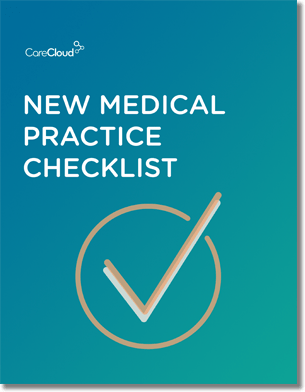The patients at your practice are like a bag of Chex Mix – every person requires varying degrees of attention for different symptoms and diseases in the way every morsel in your crunchy medley provides a different texture and taste. Some require more gustatory attention than others. I’m a rye chips person myself and savor those a bit longer than I do the breadsticks or pretzels.
Likewise, a patient with more serious complaints may precede a quick check-up, and some persons even fall in between. This is why tracking patients will give you a greater understanding of your patient mix and help you craft more personalized care. For instance, you can group patients by certain categories, say needs or symptoms, to gain a ‘big picture’ grasp of the procedures that must be performed for each group.
Needless to say, this approach promotes efficiency and money saving. Power Your Practice is here to help optimize your patient management plan with the eighth installment of its Actionable Analytics series.
Understand Your Patient Mix
Every patient is different. Some patients will visit your office regularly and require extra time and attention, while others will only occasionally come in for a quick appointment. Being able to track these different patient types will give your practice insight into patient histories and provide information for treatment plans.
Patients can also be grouped by payer, so your organization will know exact dollar amounts for procedures preformed for each patient group. Combining payer mix data with patient tendencies will give you valuable information on the work-to-reimbursement ratio of each patient and payer group.
These insights will allow you to more efficiently schedule appointments, recognize reimbursement and denial trends, and maximize profitability. b, and your practice will be able to forecast payment schedules and total revenue more accurately based on payer patterns.
Join us next week as we show you how to incorporate EHRs into your analytics – a question we’re sure many of you are asking.

Do you know what you need when setting up a new medical practice?



